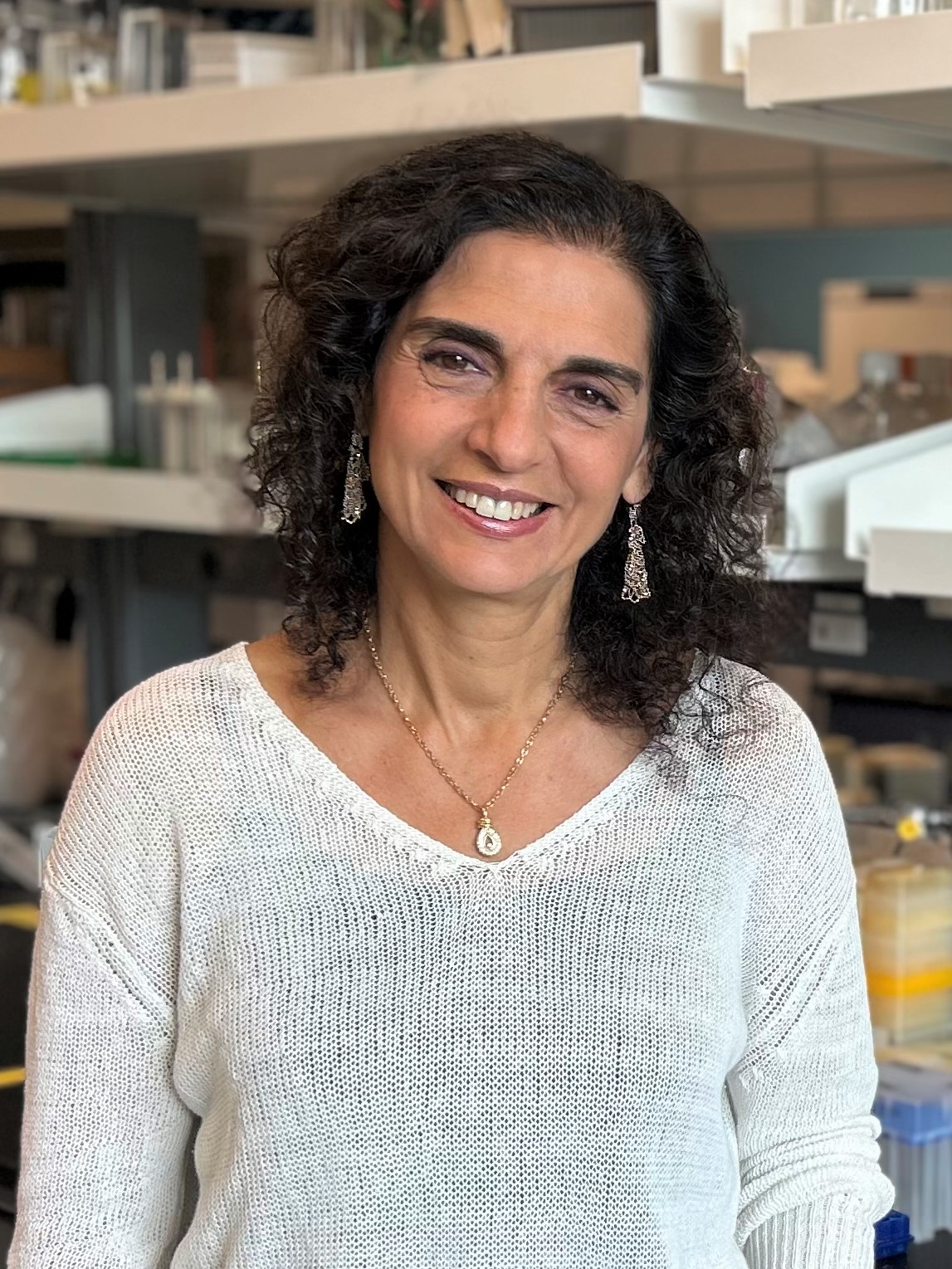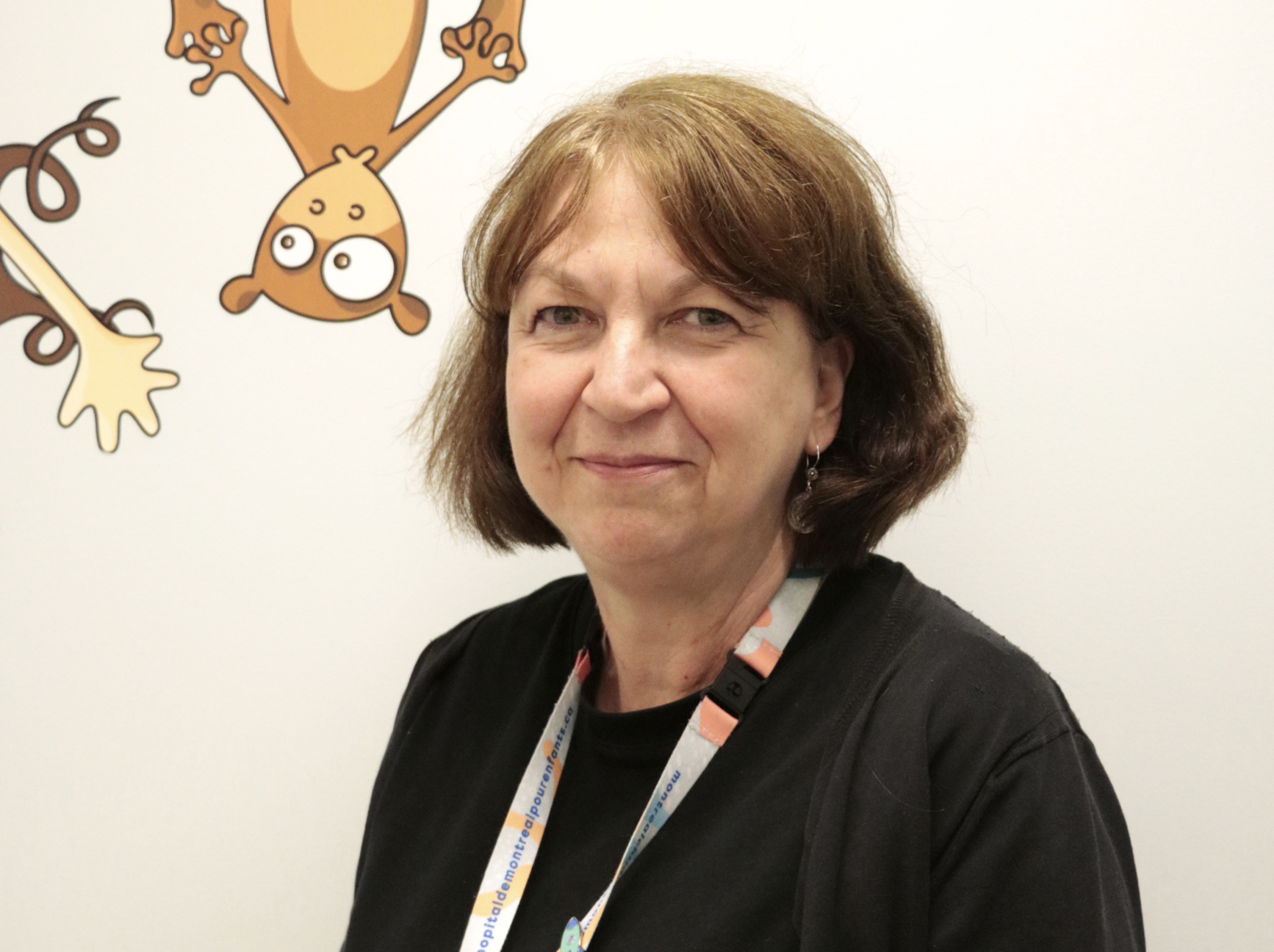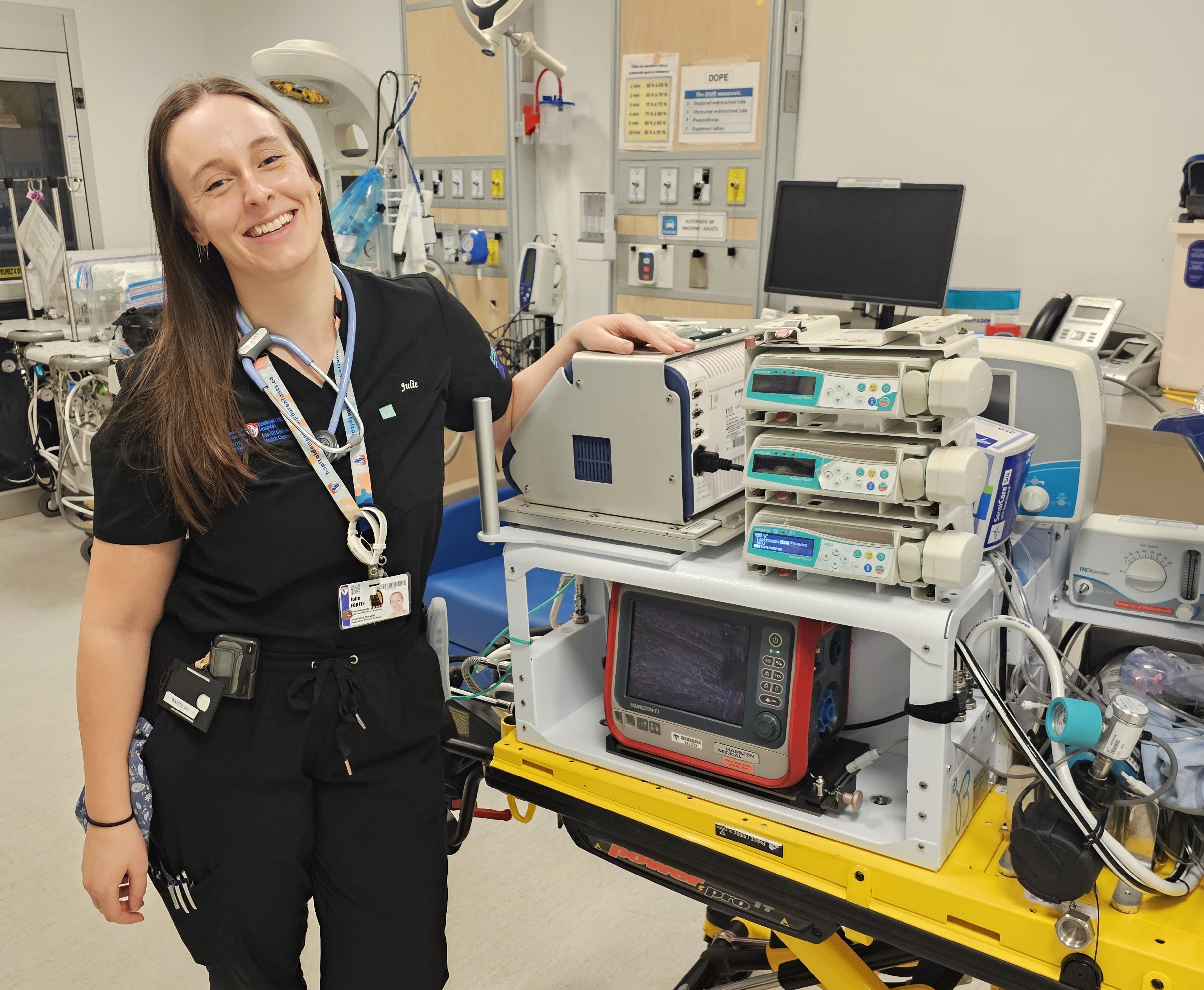

Genetic discovery about childhood blindness paves the way for new treatments
13 January 2015
Finding genes for retinal degenerations has immediate benefits for people living with blindness and vision loss, their families, and their physicians. Establishing a genetic cause confirms the clinical diagnosis at the molecular level, helps predict the future visual prognosis, suggests therapies, and allows some patients to join clinical trials. While more than 200 genes for retinal degenerations have been identified, approximately 40-50% of cases remain a mystery.
“It was like finding a needle in a haystack,” said Dr. Koenekoop, who is also a researcher at the Research Institute of the MUHC and a Professor of Human Genetics, Paediatric Surgery and Ophthalmology at McGill University. “It was so obvious to all of us that this was big; a new gene, a possible new disease pathway, a new treatment avenue.” With ongoing support from the Foundation Fighting Blindness (FFB), Canada’s largest charity supporting vision research, Dr. Koenekoop has spent more than a decade searching for genes linked to blindness. This search brought together an international team of scientists, including Dr. Michel Cayouette at the Institut de recherches cliniques de Montréal (IRCM), Dr. Doris Kretzschmar at the Oregon Health and Science University, Dr. Jacek Majewski from the McGill University and Génome Québec Innovation Centre and more than 30 others from around the world. Together, the team identified mutations in the PNPLA6 gene in families with retinal degeneration. This is the 20th gene associated with LCA and the first associated with OMS.
Although we’ve known about the PNLPA6 gene for more than 45 years, no one had identified that mutations in this gene can lead to retinal degeneration – until now. To better understand the role of this gene, the team studied how it functions in fruit flies. They learned that the PNPLA6 gene is expressed and located in photoreceptors (which are the light-sensing cells in the eye) and that mutating the gene causes photoreceptors to die.
To determine what PNPLA6 was doing in photoreceptors, the team did a variety of experiments. They observed that some lipids were elevated in fruit flies with the PNPLA6 mutation, which led them to conclude that PNPLA6 affects phospholipid metabolism. Phospholipids are located in our cell membranes where they influence the membrane’s shape and functioning. They also influence how cells communicate with each other by determining the signals that are able to pass through cell membranes. When phospholipids stop doing what they are supposed to do, important signals get lost and cells can no longer maintain their structures or respond to their environment.
This novel insight about the role of phospholipid metabolism in photoreceptor biology paves the way for new sight-saving treatments. These potentially game-changing results were published on January 9, 2015 in the prestigious journal Nature Communications.
“We are thrilled about this new collaboration involving Dr. Koenekoop and Dr. Cayouette,” said Dr. Mary Sunderland, Director of Research & Education at the Foundation Fighting Blindness. “In addition to being leading scientists, they are incredibly dedicated members of our community who are bridging the gaps between laboratory science and clinical research.”
Moving forward, the team is already thinking about how they can put their new knowledge to work. They are currently generating animal models of this mutation, which will be essential to study how manipulating phospholipids could generate innovative strategies to treat blindness.
Funding:
Research was supported by the Foundation Fighting Blindness, Canada. This work was also funded in part by grants to Dr. Cayouette from the Canadian Institutes of Health Research and the Brain Canada/W. Garfield Weston Foundation. Dr. Koenekoop is also funded by FORGE Canada, the Canadian Institutes of Health Research and the National Institutes of Health.
Partners in research:
This project is a collaboration between Dr. R. Koenekoop from the McGill Ocular Genetics Laboratory at the Montreal Children’s Hospital of the McGill University Health Network, which includes S. Cao, H. Ren, I. Lopez, V. Sun, V. Keser, and A. Khan; the laboratory of M. Cayouette from the Institut de recherches cliniques de Montréal (IRCM), including V. Ramamurthy; S. Kmoch, S. Fahiminiya, V. Stránecky, H. Hartmannová, A. Přistoupilová, K. Hodaňová, L. Piherová, and L. Kuchař from the Institute for Inherited Metabolic Disorders, First Faculty of Medicine, Charles University in Prague; J. Majewski of the Department of Human Genetics, Faculty of Medicine, McGill University and Genome Quebec Innovation Center; I. MacDonald from the Department of Ophthalmology and Visual Sciences, University of Alberta; A. Baxová from the Institute of Biology and Medical Genetics, First Faculty of Medicine, Charles University in Prague; R. Chen from the Human Genome Sequencing Center, Department of Molecular and Human Genetics, Baylor College of Medicine; O. G. Povoas Barsottini from the Department of Neurology, Division of General Neurology and Ataxia Unit, Universidade Federal de São Paulo; A. Pyle, H. Griffin, and M. Splitt from the Institute of Genetic Medicine, Newcastle University; J. Sallum from the Department of Ophthalmology, Universidade Federal de São Paulo; J. L. Tolmie from the Clinical Genetics, Southern General Hospital, Glasgow; J. Sampson from the Institute of Medical Genetics, Cardiff University School of Medicine; P. Chinnery from the Institute of Genetic Medicine, Newcastle University; Care4Rare Canada; E. Banin and D. Sharon from the Department of Ophthalmology, Hadassah-Hebrew University Medical Center; S. Dutta and D. Kretzschmar from the Oregon Institute of Occupational Health Sciences, Oregon Health and Science University; R. Grebler and C. Helfrich-Foerster from the Lehrstuhl fuer Neurobiology und Genetik, Universitaet Wuerzburg; and J. L. Pedroso from Department of Neurology, Division of General Neurology and Ataxia Unit, Universidade Federal de São Paulo.
Media Contacts
Mary Sunderland
Director of Research & Education
Foundation Fighting Blindness
1-800-461-3331 ext. 238
416-360-4200
[email protected]
Julie Langelier
Communications Officer
IRCM
514-987-5555
[email protected]
Julie Robert
Public Affairs and Strategic Planning
McGill University Health Centre
514-934-1934 ext. 71381
[email protected]









